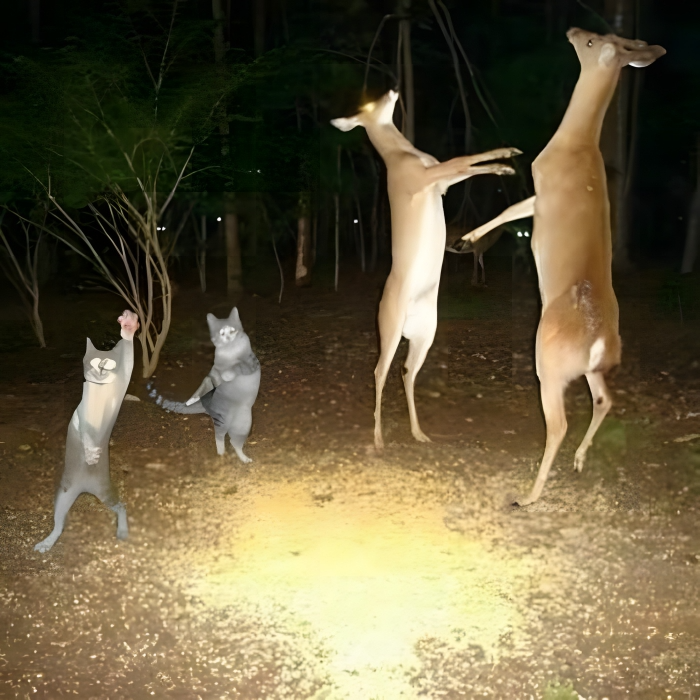Fractal Geometry: The Infinite Beauty of Repetition in Nature
Advertisement
Enter the hypnotic realm of fractal geometry, where the complex patterns of nature show themselves in unbounded repetition. From the smallest snowflakes to large mountain ranges, this study investigates how these mathematical wonders show themselves in our surrounds. Learn the ideas behind fractals, their uses in many disciplines, and the great beauty they add to our awareness of the natural world.
1. The Fundamentals of Fractal Geometry

Advertisement
First presented by mathematician Benoit Mandelbrot in the 1970s, fractal geometry has transformed our knowledge of natural patterns. Fundamentally, a fractal is an endlessly repeating pattern at several sizes. The secret difference between fractals and conventional Euclidean geometry is this self-similarity.
To really understand fractals, picture staring at a tree. From a distance, the main stem splits off into smaller limbs. These branches break into increasingly smaller branches as you approach, which then split into twigs. This branching pattern keeps down to the smallest level, producing a complicated construction remarkably identical at several sizes.
Fractals' great beauty resides in their unbounded complexity. You will observe identical patterns repeating themselves regardless of the zoom level—in or out. Often defined as "self-similarity" or "scale invariance," this quality lets fractals remarkably accurately depict natural events.
Named for their discoverer, the Mandelbrot Set is among the most well-known instances of a fractal. When seen, this mathematical set produces exquisite and complex patterns that seem to go endlessly. Miniature versions of the Mandelbrot Set will be found buried within any area of the set when you enlarge on it, therefore illustrating the limitless character of fractals.
Learning fractals calls for a change of viewpoint from conventional geometry. Euclidean geometry addresses smooth forms and whole-number dimensions; fractal geometry welcomes roughness and fractional dimensions. This new method enables us to characterize and investigate intricate natural formations that were before thought to be too irregular for mathematical explanation.
One very fascinating idea is fractal dimension. Fractal dimensions are fractional rather than the known measurements of length, breadth, and height. Britain's shoreline, for example, has a fractal dimension of about 1.25, which reflects its jagged, complicated form halfway between a one-dimensional line and a two-dimensional plane.
Applications of fractal geometry go much beyond basic arithmetic. In disciplines ranging from biology, physics, computer graphics, and even finance, it is now a priceless instrument. Understanding and using fractal ideas has helped scientists and researchers to create realistic computer-generated landscapes, simulate natural events, and even forecast stock market patterns.
Deeper into the realm of fractals, we will investigate how these amazing mathematical creations show up in nature, impact design and art, and yet help to create our awareness of the surroundings. Fractal research reveals the hidden order in what would at first seem to be anarchy, so offering a fresh perspective.
You May Like
Advertisement










